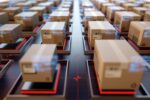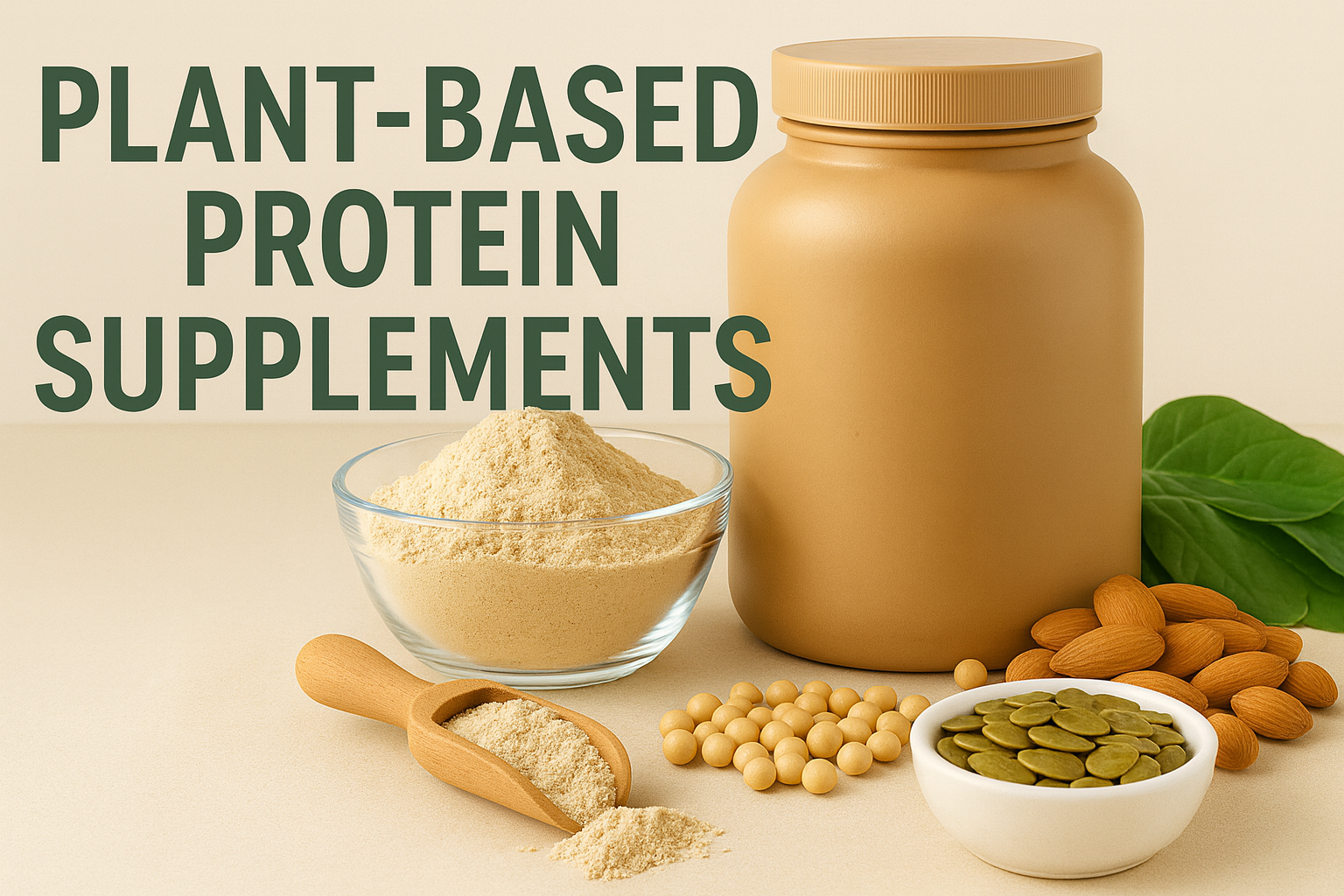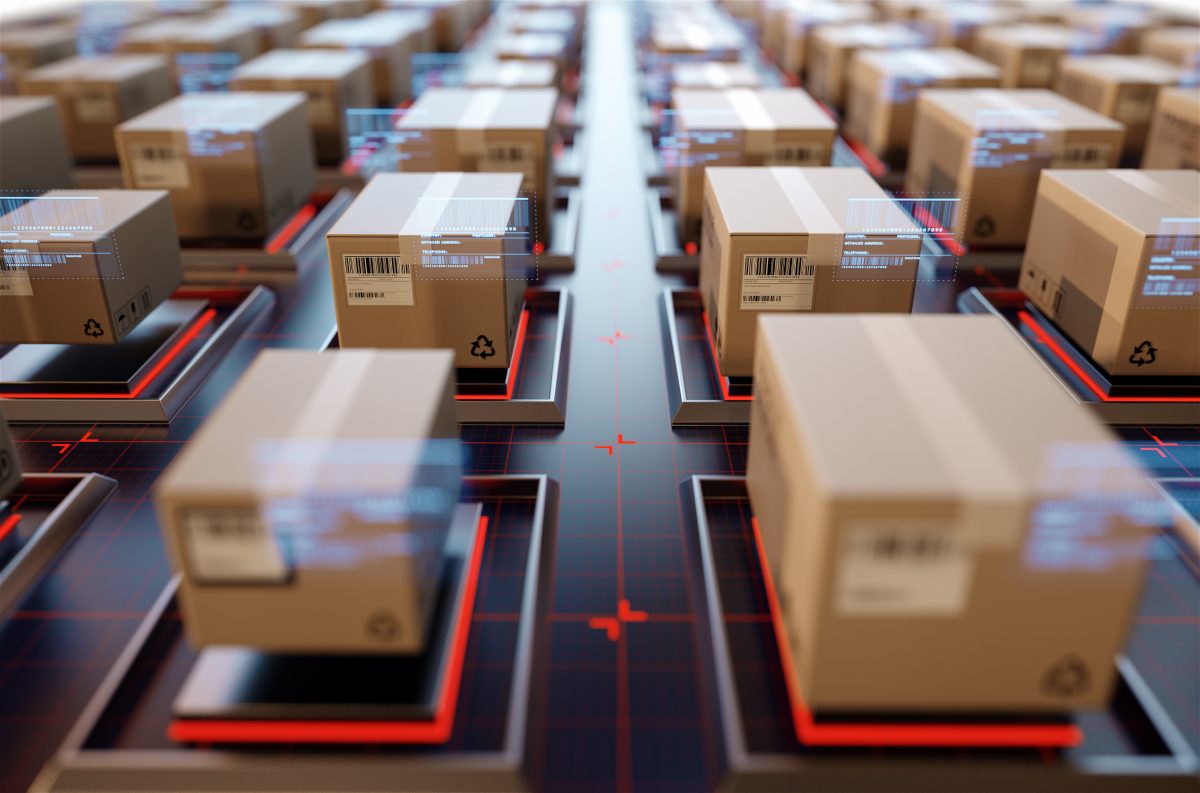- RFID/NFC tags secure high-value products such as Pfizer’s medications and LVMH luxury goods, protecting revenue and brand reputation.
- Sensors track sensitive conditions, as seen with Moderna’s vaccines, preventing spoilage and ensuring product integrity and safety.
- Scanning packages, such as Absolut Vodka’s initiative, provides personalized content, building loyalty and generating valuable market data.
The packaging industry is no longer a static component of the product lifecycle; it is a dynamic, intelligent, and interconnected ecosystem. What was once viewed as a mere container has rapidly evolved into a strategic asset, driving efficiency, enhancing security, and fostering unprecedented consumer engagement. This profound transformation is underscored by the global Ready-To-Drink packaging market, projected to reach USD 216.79 billion by 2033. This growth is not just a trend, it is a strategic imperative fueled by increasing consumer demand for transparency and security, coupled with businesses’ urgent need to optimize supply chains, mitigate risks, and forge stronger brand connections. The seamless integration of advanced technologies, particularly the Internet of Things (IoT) and Artificial Intelligence (AI), is elevating packaging far beyond its traditional protective role, ushering in a new dimension of functionality and interaction.
Beyond the Shelf Life: A New Era of Functionality and Risk Mitigation
For many, the initial thought of smart packaging conjures images of simple freshness indicators, labels that change color to denote spoilage. While these indicators remain a crucial application, they represent only a fraction of smart packaging’s capabilities. Today, tech-enabled packaging delivers a wide spectrum of benefits that span the entire value chain, from raw material sourcing to the consumer’s hands, significantly impacting a business’s operational efficiency and bottom line.
A pivotal application lies in enhanced product security and anti-counterfeiting. In sectors where authenticity is paramount, such as pharmaceuticals, luxury goods, and high-end cosmetics, counterfeit products pose a multi-billion dollar threat, eroding revenue and brand reputation. Smart packaging directly addresses this with embedded RFID (Radio-Frequency Identification) tags, NFC (Near Field Communication) chips, and unique, serialized QR codes. These technologies provide a verifiable digital fingerprint for each item, enabling real-time authentication and traceability.
Consider the pharmaceutical industry, where patient safety is paramount. Companies such as Pfizer utilize serialized packaging with unique identifiers to track medications throughout their supply chain, combating counterfeits and ensuring regulatory compliance. A simple scan by a pharmacist or even a consumer can instantly verify a product’s legitimacy, offering peace of mind and protecting against dangerous fake drugs. Similarly, luxury brands such as LVMH are exploring NFC tags embedded in products to confirm authenticity and prevent grey market diversions, safeguarding their exclusivity and value.
Another transformative area is supply chain optimization. Traditional logistics can be prone to inefficiencies, product damage, and improper handling, leading to significant financial losses. Smart packaging, equipped with environmental sensors and GPS tracking, offers unprecedented visibility and control. These devices meticulously monitor conditions such as temperature, humidity, light exposure, and even shock. For instance, Moderna’s temperature-sensitive mRNA vaccines, which require ultra-cold storage, rely heavily on smart packaging solutions that constantly monitor and record temperature fluctuations. If the temperature deviates from the stringent required range, an immediate alert is triggered, preventing product spoilage and a potential health crisis. This real-time data not only prevents waste but also allows for more accurate inventory management, optimized warehousing, and predictive maintenance of logistics equipment, directly contributing to reduced operational costs and improved on-time delivery rates.
From Passive Container to Interactive Experience: Driving Revenue and Loyalty
Smart packaging is not solely about back-end efficiencies; it is also a powerful front-end tool for consumer engagement, transforming the product package into a direct, interactive communication channel. This fosters deeper connections, builds brand loyalty, and provides invaluable market insights.
Interactive marketing and brand storytelling are being redefined. By scanning a unique QR code or tapping an NFC tag on a product, a consumer can be directed to a wealth of digital content. This could range from an immersive video detailing a product’s sustainable sourcing practices, a recipe video for a food item, a virtual try-on experience for a cosmetic, or exclusive access to loyalty programs. For example, Absolut Vodka launched an initiative where scanning their bottles led consumers to cocktail recipes and curated playlists, turning a simple purchase into an interactive lifestyle experience. This level of engagement transcends a mere transaction, embedding the brand more deeply in the consumer’s lifestyle and making it profoundly more memorable.
Furthermore, smart packaging enables unprecedented levels of personalized experiences. Data collected from consumer interactions – such as scan frequency, content viewed, and location can be leveraged to deliver tailored content and promotions. Imagine a coffee brand offering a personalized discount on a specific blend to a customer who frequently scans packages of that type, or a skincare brand suggesting complementary products based on previously purchased items and engagement data. This personalization creates a profound sense of value and recognition, directly encouraging repeat purchases and fostering strong brand advocacy. Crucially, this data provides unparalleled market research, helping brands understand real-time consumer behavior, preferences, and unmet needs in a previously unimaginable way, informing future product development and marketing strategies.
The Future is Connected, Predictive, and Sustainable
Looking ahead, the evolution of smart packaging will be inextricably linked with the exponential growth of the IoT, AI, and advanced analytics. The next generation of packaging will not only be “smart” but also predictive, proactive, and deeply integrated into the circular economy.
Imagine a scenario where AI-powered systems connected to smart packages learn a customer’s unique consumption patterns. For instance, a smart medicine bottle could send a discreet reminder to reorder a prescription when stock is running low, or a smart pantry item could suggest complementary products based on past meal preparations. This seamless integration into a consumer’s daily life moves packaging from a functional necessity to a proactive, personalized assistant, enhancing convenience and brand utility.
Sustainable practices are also a critical driver and beneficiary of this future. Smart packaging is a powerful tool in the global movement towards a more circular economy. It helps reduce waste by precisely indicating product freshness, thus preventing premature disposal of perfectly good products. Beyond freshness, smart packaging can actively encourage recycling and proper disposal by providing clear, scannable instructions tailored to local recycling guidelines. Companies such as Nestlé are exploring digital watermarks on packaging to improve sorting accuracy in recycling facilities. This not only helps brands meet increasingly stringent sustainability goals and regulatory requirements but also deeply resonates with the growing cohort of environmentally conscious consumers. The convergence of technological innovation and sustainable practices will create a more efficient, responsible, and truly circular product lifecycle. Tech-enabled smart packaging is a testament to how intelligent innovation can revolutionize entire industries. It is no longer just about protecting a product; it is about intrinsically enhancing its value, fortifying the supply chain, empowering data-driven decision-making, and creating meaningful, personalized connections with consumers. As these technologies become more accessible and cost-effective, smart packaging will undoubtedly become the new standard, fundamentally transforming the way products are made, sold, and experienced across every sector.
















